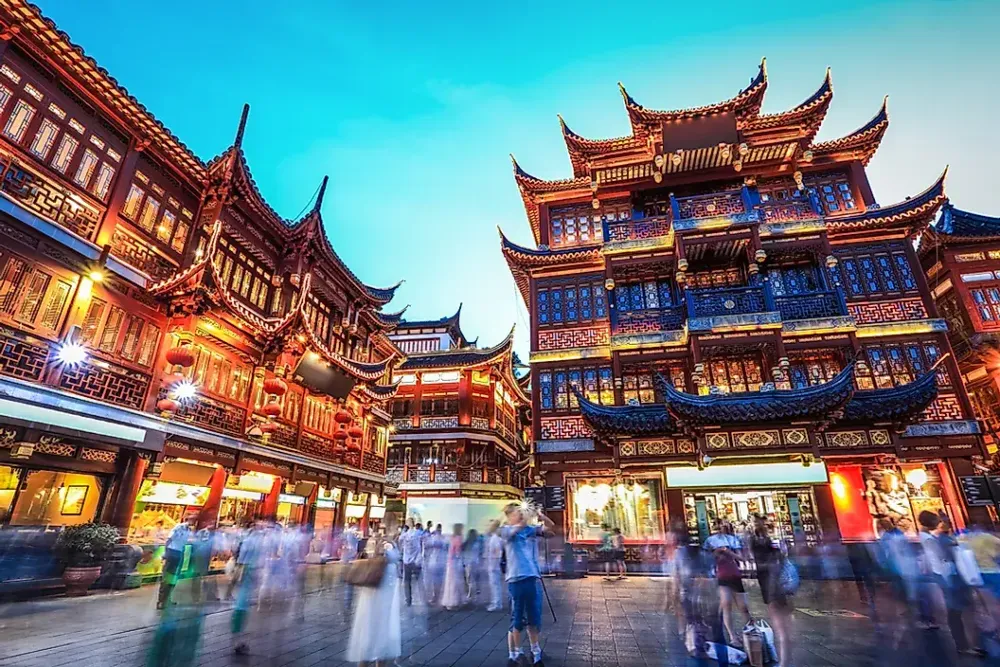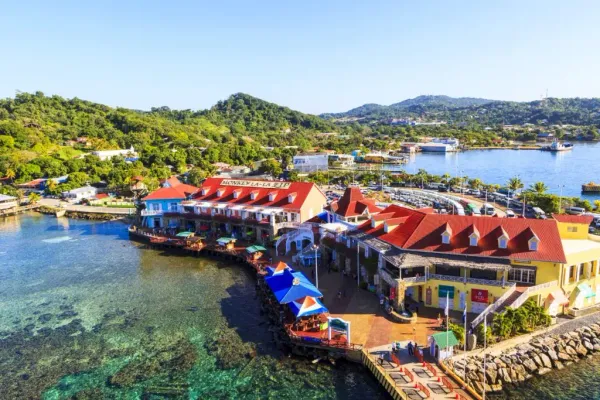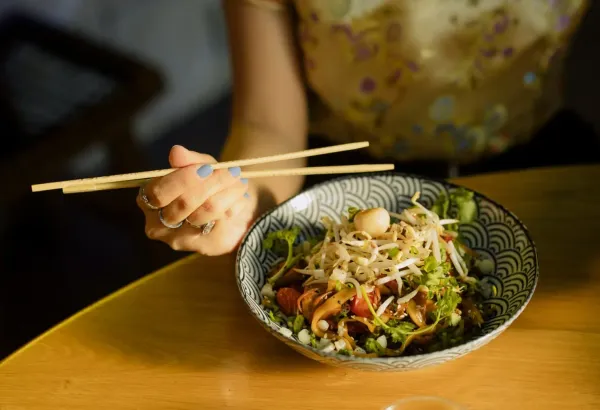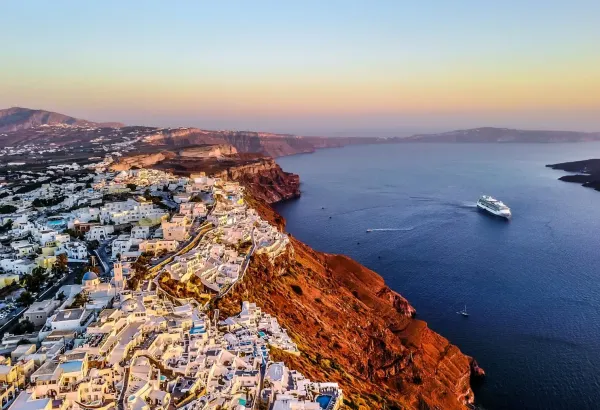China is trying to boost domestic tourism
Surfing has proven to be more challenging than Huang Shimin anticipated. Alongside other wet-suited beginners, she is trying her hand at it on the golden sands of Hainan, a tropical island off the southern tip of China. The young professional from Shanghai represents the high-spending tourists that China’s government hopes will vacation domestically now that the pandemic has ended. The Lunar New Year holiday, which began on February 10th, will test this push to boost domestic consumption through tourism.
Hainan is envisioned as a model for this policy. When Xi Jinping visited in 2013, he encouraged the locals to leverage the island's “green mountains, clear waters, blue seas, and azure skies” to develop “an international tourism island.” Similar to other regions like Tibet and Xinjiang, where Mr. Xi has promoted the travel industry, there is also a political motive. China's vast size often results in weaker central government control in these remote provinces. Strategically located in the South China Sea, Hainan is significant, home to a large naval base, space and satellite launch sites, and the annual Bo’ao Forum, often referred to as “Asia’s Davos.”
Mr. Xi’s directives have led to the construction of new airports, high-speed railways, and major expressways on the island. Chinese tourists have long been able to shop duty-free here, and in 2020, the duty-free allowance was tripled to 100,000 yuan ($14,000) to appeal directly to affluent consumers who typically purchase designer goods abroad. These efforts appear to be paying off. In 2021, when domestic tourist numbers and revenues elsewhere in China nearly halved, Hainan's visitor numbers remained close to 2019 levels. The pandemic boosted the island’s economy: from 2020 to 2022, GDP per person grew faster than in the preceding decade, even as China's overall economy was growing rapidly. Even after lifting COVID restrictions in 2023, Hainan attracted 90 million visitors, a record number.
The Chinese government is focused on catering to high-spending shoppers with luxury accommodations. In 2022, a new 3 million-square-foot duty-free mall, the world's largest, opened in Haikou, the island's capital. However, as domestic tourism evolves, many Chinese tourists seek experiences beyond luxury hotels, says Yang Yang of Temple University. The local government is promoting inland hiking trails through tropical forests and staging music and film festivals to attract a more artistic crowd.
The most innovative new attraction is medical tourism. One 39-year-old man, standing in the lobby of a high-end hospital, is in Hainan for a fecal transplant, inspired by “experimental health vacations” he saw on television. “Managing my health is like maintaining a car,” he says, explaining his choice to spend ten days at the facility. The government aims to draw thousands of tourists to new hospitals in Hope City, a purpose-built medical district near Bo’ao, offering everything from cosmetic surgery to stem-cell therapy. Hainan already hosts a large community of pensioners from other parts of China who winter on the island.
However, the rise in visitors in 2023 might be misleading. International flight volumes remained below pre-pandemic levels last year. As international travel normalizes, Hainan may struggle to attract China’s wealthy travelers, with increased bookings to Malaysia, Thailand, and Singapore, where Chinese citizens do not need visas.
Facing strong international competition, Hainan's current strategy may seem outdated. Prices are so high that many visitors could easily afford an international trip. Other Chinese destinations now have duty-free outlets, and domestic brands are gaining popularity.
Moreover, an increase in international tourists is unlikely. Foreign visitors must use Chinese apps for payments, deal with an internet firewall that blocks roaming, and navigate gridlocked cities where most signs are in Chinese.
Despite government support and an influx of tourists, the benefits of tourism are elusive for residents. Hainan remains one of China’s poorest provinces, with only Ningxia, Qinghai, and Tibet ranking lower. Tourism is dominated by a small number of often foreign-owned hotels and outlets. Local restaurant owners and businesses in Sanya report minimal benefits from tourist traffic, even during peak season. Many of the island’s 9 million residents are still poor farmers. Despite high tourist numbers during the pandemic, GDP per person relative to other provinces fell from 16th in 2019 to 21st in 2022. Hainan will need many more surfers to change this tide.





